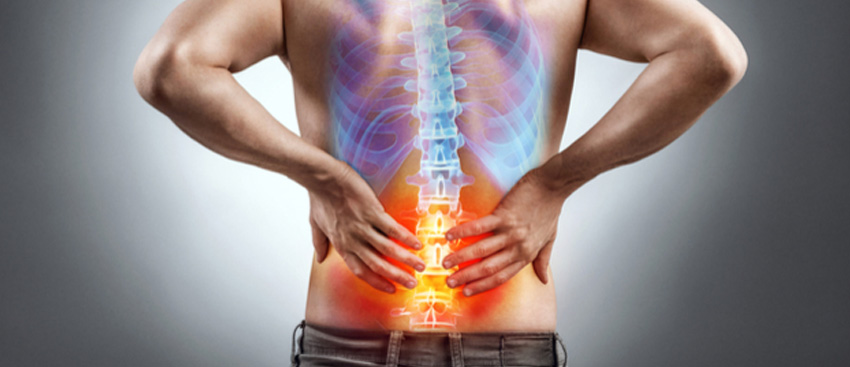
A majority of the population will experience back pain in their lifetime. The back provides connection between the upper body and lower body. It is very easy to hurt your back whether you are lifting, reaching or sudden twisting movements.
What is Back Pain?
Any pain in your upper back, mid back and/or lower back considers back pain in layman’s term. When there is a simple back pain patient wouldn’t have any radiation pain and/or numbness in arms/legs.
Most Common Causes:
Overuse, Strain/Sprain, Postural Problem, Pregnancy, Injury, Arthritis, Fracture and Disc Problem etc.
Symptoms and Signs:
Patient may have complaints of dull/sharp pain; it can be localized or generalized. Patient may also complain of stiffness in joints and lack of flexibility and mobility.
If patient doesn’t complain of leg/ arm pain, numbness, burning, or have a tingling sensation or nocturnal pain(night pain); which wakes them up, most likely its just back pain.
Acute back pain can be very severe and will have a locking kind of stiffness in the spine it can last a few days to weeks, if its not treated properly pain can become chronic.
Diagnostic Tests:
Most of the time upon physical exam your physician or therapist would know the severity of your condition and will advice accordingly.
During the physical exam, your Doctor/Physical Therapist will check your back movement. He or she will check for muscle tightness and flexibility. He or she will also look for tenderness, numbness, tingling or weakness in your legs.
Most physicians may recommend Physical Therapy, X-Ray and medication before they order CT-Scan or MRI.
Treatment:
Most of the patients will respond very well with life style changes, try to avoid painful activity whenever they can, also can benefit from PHYSICAL THERAPY. Some patient will be advised to take pain medication over the counter or will be prescribed by their doctor. In acute cases the doctor might give a cortisone shot or other injection therapy to relieve pain.
What kind of Physical Therapy a patient will get with Back problems?
Besides explaining your back injury and precautions to you, Physical Therapist will also try to relieve your pain using modalities like:
Hot packs Cold packs Electrical Stimulation Ultrasound
Do manual therapy, which may include:
Massage Nerve Mobilization Soft Tissue Mobilization Trigger point release Muscle Energy Technique Joint Mobilization
Exercise programs may include:
Flexibility Exercises Strengthening exercises Stabilization Exercises Specific Home Exercises
Surgery:
Surgery is indicated for instability, spinal cord compression, severe weakness in leg which is progressing or other disease. Patient will need post surgical Physical Therapy. Surgery is usually not indicated for disc problems not compressing spinal cord or pinched nerves. Patient should try all conservative methods available before going for surgery.
Prognosis:
Most of the patients will do very well with Physical Therapy and modifying their life style, continuing active life style and in some cases specific exercises.
Prevention:
After you’ve had lower back pain, if could have it again, But there are some things you can do to help prevent it.
- Maintain good posture all the time
- If your work include lot of sitting get up frequently and walk around
- Follow back care instructions while doing lifting and reaching activities
- Watch your weight do regular aerobic and low impact strengthening exercises
- Warm up well before sports and other gym exercises.


